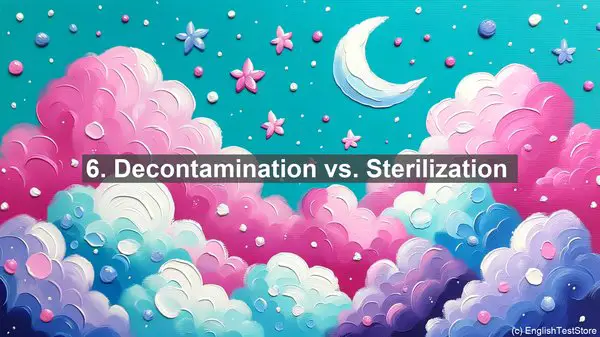Introduction
Welcome to today’s lesson on disaster medicine. In this lesson, we’ll be discussing the top 10 commonly confused words in this field. Understanding these distinctions is crucial for effective communication and decision-making during emergencies.
1. Epidemic vs. Pandemic
While both terms refer to the spread of a disease, there’s a key difference. An epidemic is the rapid increase in cases of a disease within a specific region or community. On the other hand, a pandemic is a global outbreak, affecting multiple countries or continents. COVID-19, for instance, is a pandemic.
2. Triage vs. Treatment
During a disaster, medical resources may be scarce. Triage involves quickly assessing and prioritizing patients based on the severity of their condition. Treatment, on the other hand, is the actual medical care provided to the patients. Triage helps allocate resources effectively.
3. Isolation vs. Quarantine
Both isolation and quarantine involve separating individuals to prevent the spread of a disease. Isolation is for those who are already sick, keeping them away from healthy individuals. Quarantine, on the other hand, is for those who may have been exposed to a disease but aren’t showing symptoms yet.
4. Mitigation vs. Preparedness
While both terms are related to disaster management, they focus on different stages. Mitigation involves actions taken to reduce the impact of a disaster before it occurs. Preparedness, on the other hand, refers to the measures taken in advance to ensure an effective response when a disaster strikes.
5. Shelter-in-Place vs. Evacuation
During certain emergencies, like a chemical spill, authorities may advise either sheltering-in-place or evacuation. Shelter-in-place means staying indoors, sealing off any openings, and waiting for further instructions. Evacuation, on the other hand, involves leaving the area and moving to a safer location.
6. Decontamination vs. Sterilization
In disaster medicine, decontamination and sterilization are crucial. Decontamination is the process of removing or neutralizing contaminants, reducing their harmful effects. Sterilization, on the other hand, involves killing or eliminating all microorganisms, making an object or area completely free of pathogens.

7. Casualty vs. Fatality
While both terms refer to individuals affected by a disaster, there’s a distinction. A casualty is anyone who is injured, missing, or killed. A fatality, on the other hand, specifically refers to someone who has died as a result of the disaster.
8. Incident Command System vs. Emergency Operations Center
During a disaster, effective coordination is crucial. The Incident Command System (ICS) is a standardized approach used to manage incidents, ensuring clear roles and responsibilities. The Emergency Operations Center (EOC), on the other hand, is a physical location where coordination and strategic decisions are made.
9. Primary vs. Secondary Survey
In disaster medicine, when assessing patients, there are two main surveys. The primary survey is a rapid assessment to identify and address life-threatening conditions. The secondary survey, which is more detailed, is conducted once the immediate threats have been addressed.
10. Mass Casualty Incident vs. Multiple Casualty Incident
Both terms refer to incidents with a large number of casualties. However, there’s a difference in scale. A mass casualty incident typically involves a significant number of casualties that may overwhelm the local resources. A multiple casualty incident, though serious, may not have the same scale as a mass casualty incident.

